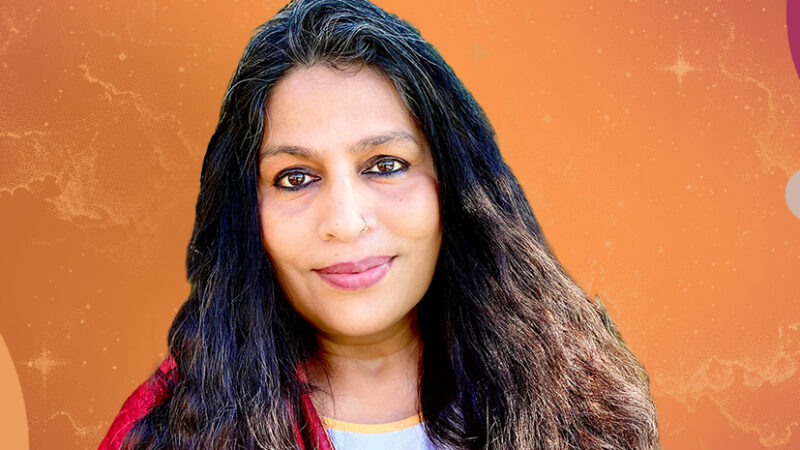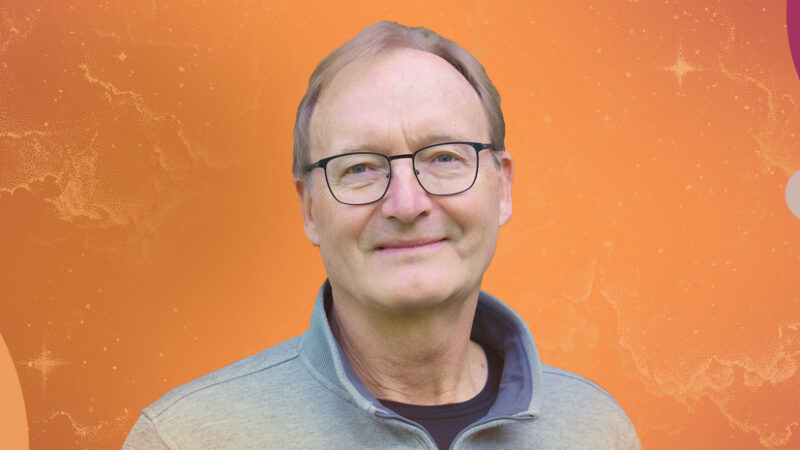![]()
Consider your own experience of the acts and beings involved in memory and imagination—before science enters the picture. Consider what memory and imagination are like from your inner experience—not from the perspective or the studies of cognitive neuroscience or psychology. Science seeks truth and finds it, but the search here is for what supports that truth from within.
Say, for example, that a person weighs 170 pounds, measurable by a standard scale. She may find it difficult or even impossible to pick up 170 pounds of deadweight, if she is not a weightlifter. But how does it actually feel to be 170 pounds? It doesn’t feel at all like lifting deadweight. From the inside of her own experience of that 170 pounds, moving about in full health, she feels relatively light—maybe even light as a feather. This is the inner perspective of memory and imagination that we’re looking for. Our inner perspective does not cancel out the scientific perspective; they are complementary.
Memory is fascinating. I encourage you to get interested in the ways of your own memory. It has a unity, like our physical bodies or a landscape have a unity, and this unity can be touched or awakened at almost every part of point.
RITUAL—TRACKING MEMORY
This small, simple, but very potent daily mental cultivation ritual has its roots in the practices of ancient Greek philosophers and mystics, as well as in the mindfulness practices of Buddhist lineages. Variations of it are used in therapeutic contexts to support survivors of abuse, war, and trauma of all kinds.
This ritual serves two purposes. First, it heightens your awareness of your relationship to memory and to your experience of the present moments that are distinguishable from and underlie memory. Second, it attunes you to your everyday experiences.
TIME: About 15 minutes
MATERIALS:
- Your Making Magic journal, or your favorite personal journal
- A pen or a pencil
- A timer
PROCESS:
Breathe in a blessing on your physical body. Exhale in gratitude.
Set your timer for fifteen minutes and record the events of the previous day, without comment or judgment. Start anywhere—with what happened in the morning, afternoon, or evening. There is no need to try to pick an interesting experience or “problem area” to focus on. Making breakfast, walking down the street, working in the office—all the little, seemingly unremarkable things that happened during the previous day are what you’re recording here.
Simply describe what happened or what you were doing in as much detail as possible, including the sights, sounds, and any other details that seem relevant. Don’t get into the mental or emotional details of these happenings, such as whether you were worried while you were walking down the street, or whether you were thinking or feeling something profound. Resist the temptation to comment on what happened.
Take your time. When the timer rings, put your writing implement down, even if you are not finished.
Breathe in a blessing on your physical body once more and on your willingness to show up for this work.
Exhale in gratitude.
Move forward with your day.
This is an excerpt from Making Magic: Weaving Together the Everyday and the Extraordinary by Briana Henderson Saussy.
Download a free Making Magic Journal here.

 Briana Saussy is a teacher, spiritual counselor, and founder of the Sacred Arts Academy, where she teaches tarot, ceremony, alchemy, and other sacred arts for everyday life. She lives in San Antonio, Texas. For more, visit brianasaussy.com.
Briana Saussy is a teacher, spiritual counselor, and founder of the Sacred Arts Academy, where she teaches tarot, ceremony, alchemy, and other sacred arts for everyday life. She lives in San Antonio, Texas. For more, visit brianasaussy.com.
Buy your copy of Making Magic at your favorite bookseller!
Sounds True | Amazon | Barnes & Noble | Indiebound
![]()





